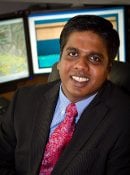
Thomas Oommen (GMES/EPSSI) is Principal Investigator on a project that has received a $39,999 research and development grant from the US Department of State. The project is titled, “Developing and Improving Disaster Management Studies Course in India.” This is a one-year project.
By Sponsored Programs.
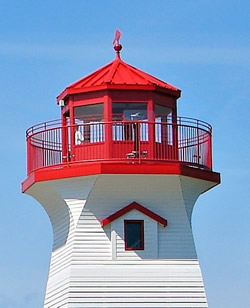
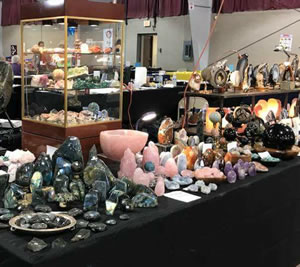
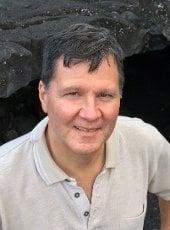
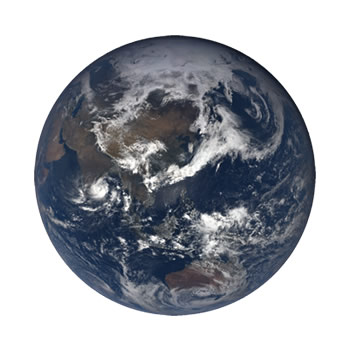
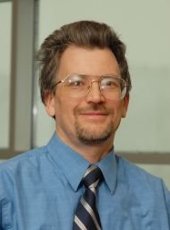
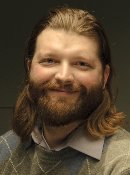
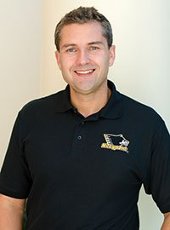
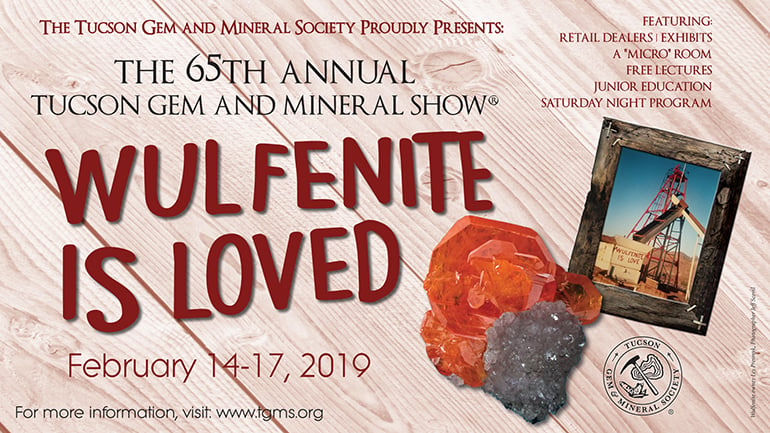
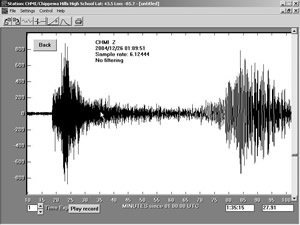 Kazuya Fujita, a professor in the Department of Earth and Environmental Sciences at Michigan State University, has been awarded the 2019
Kazuya Fujita, a professor in the Department of Earth and Environmental Sciences at Michigan State University, has been awarded the 2019